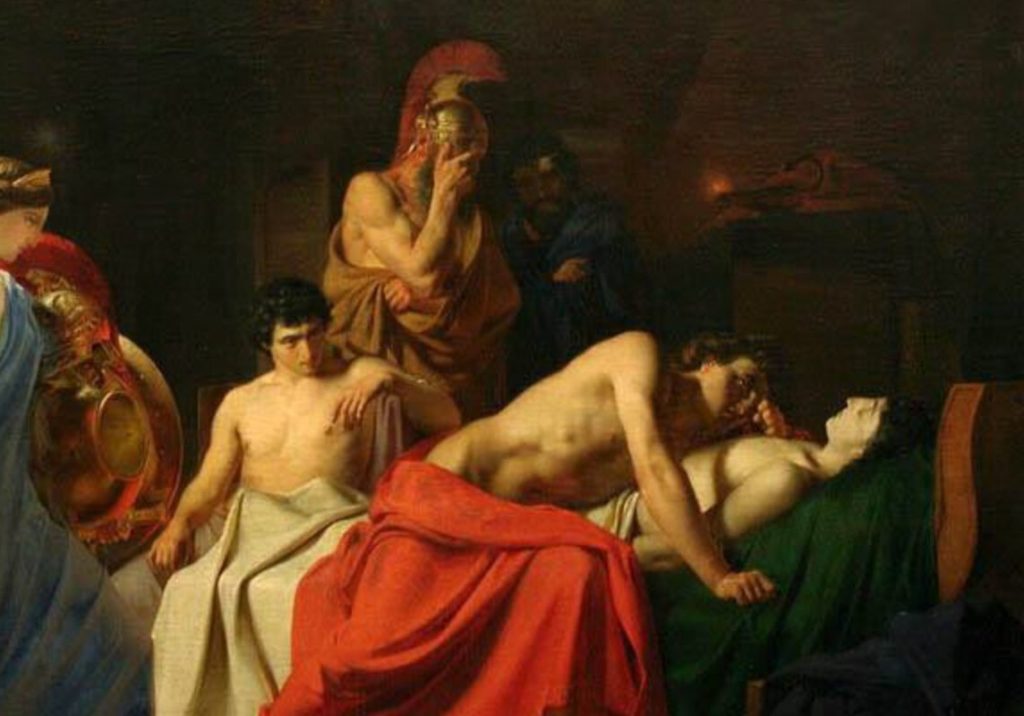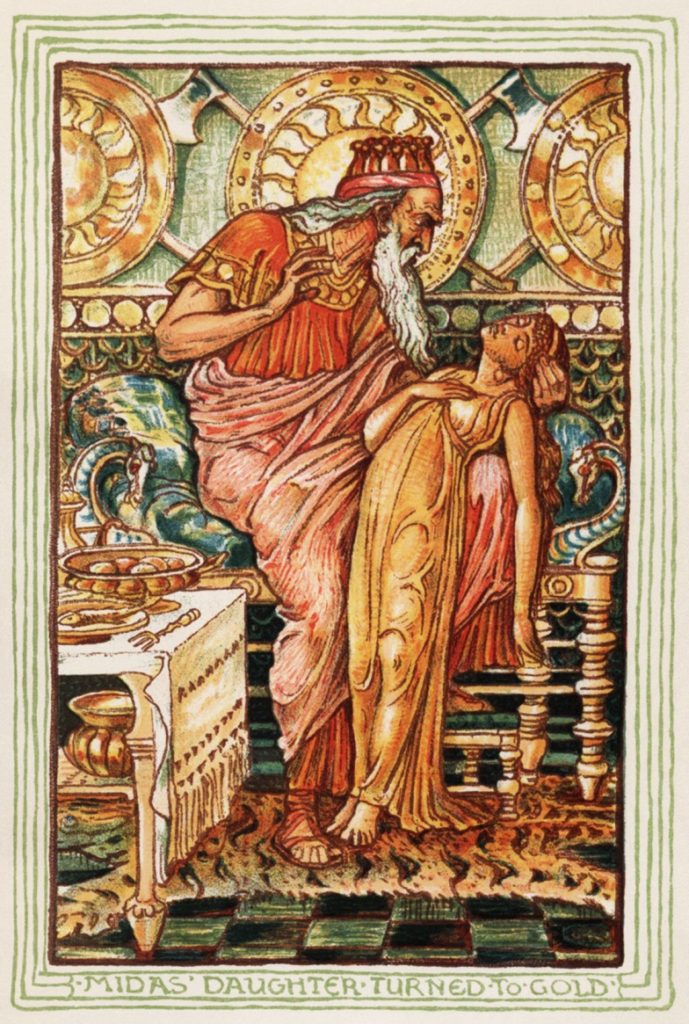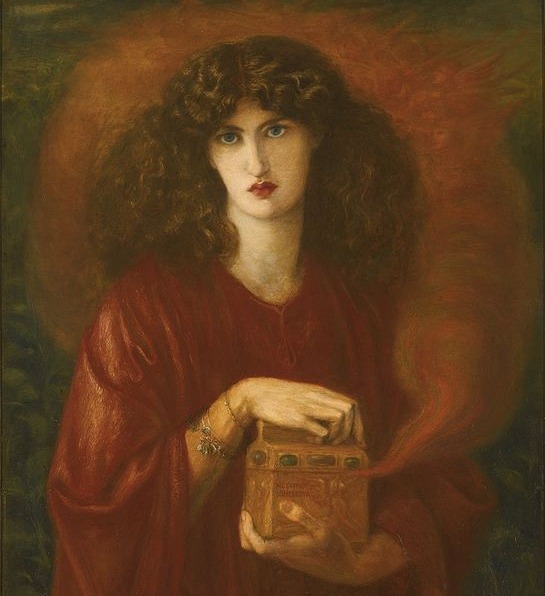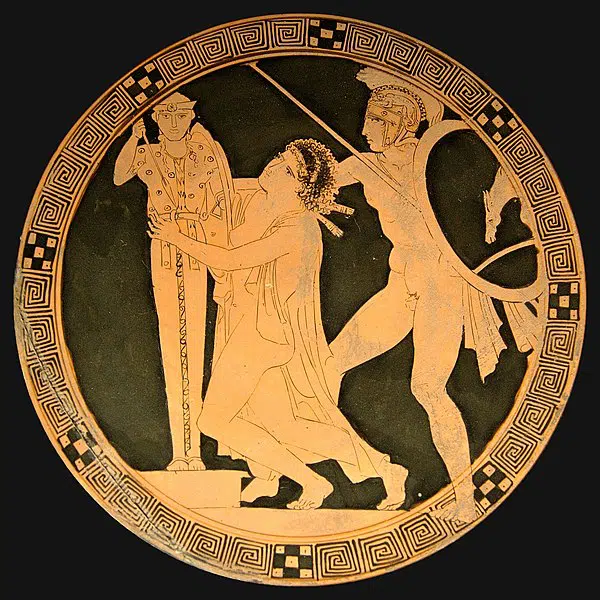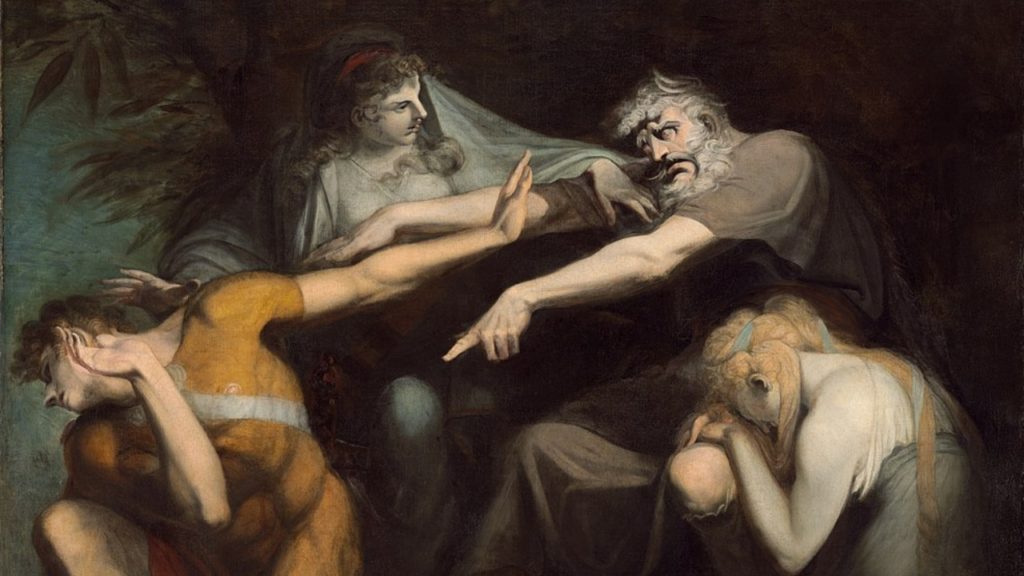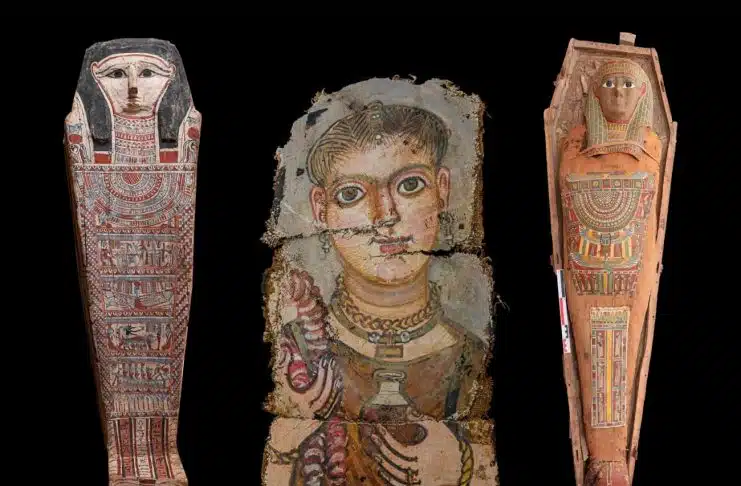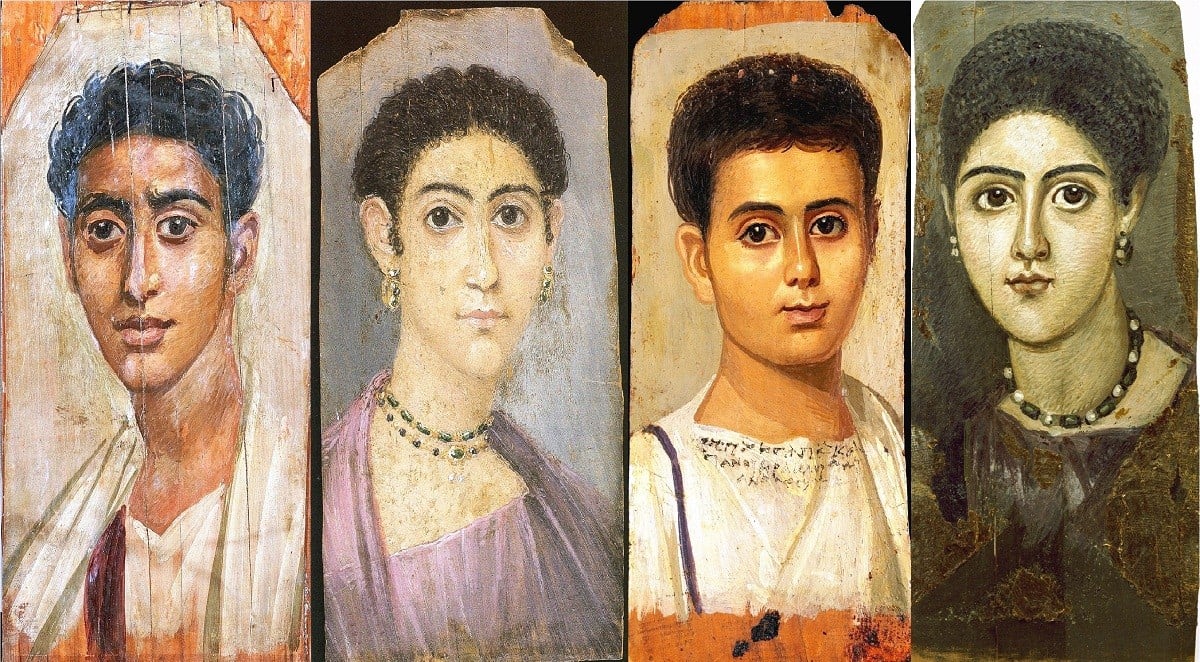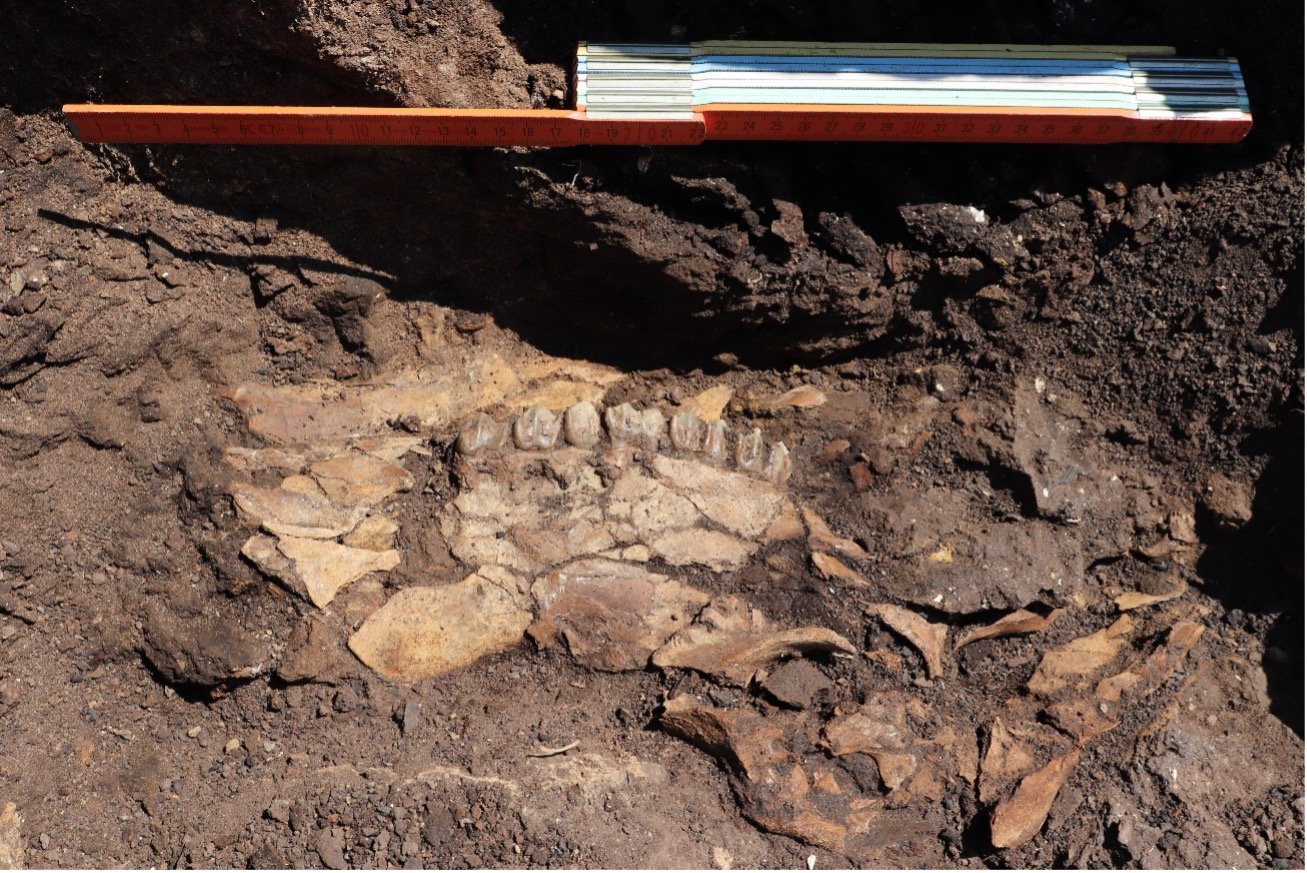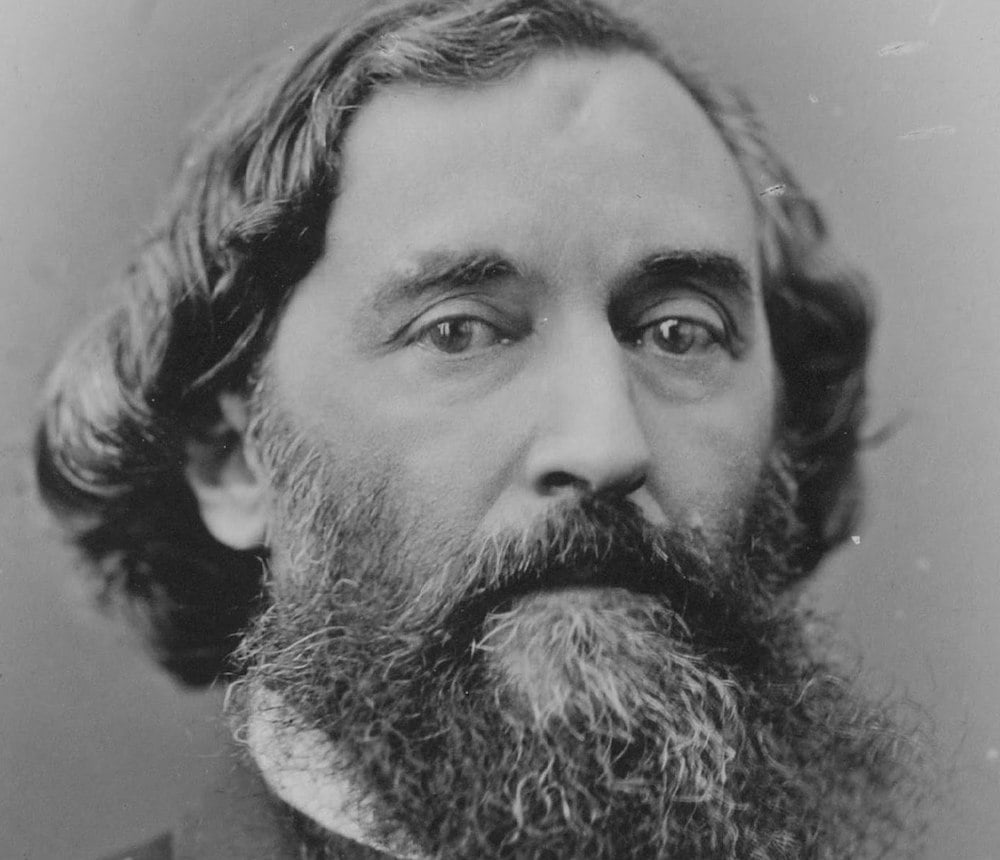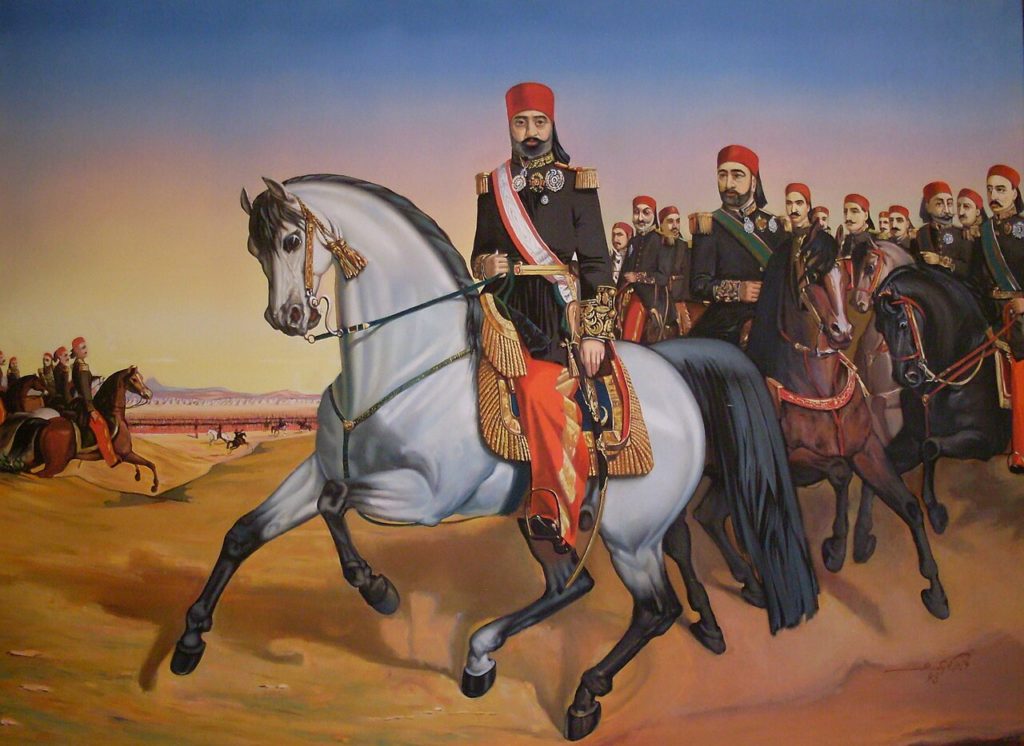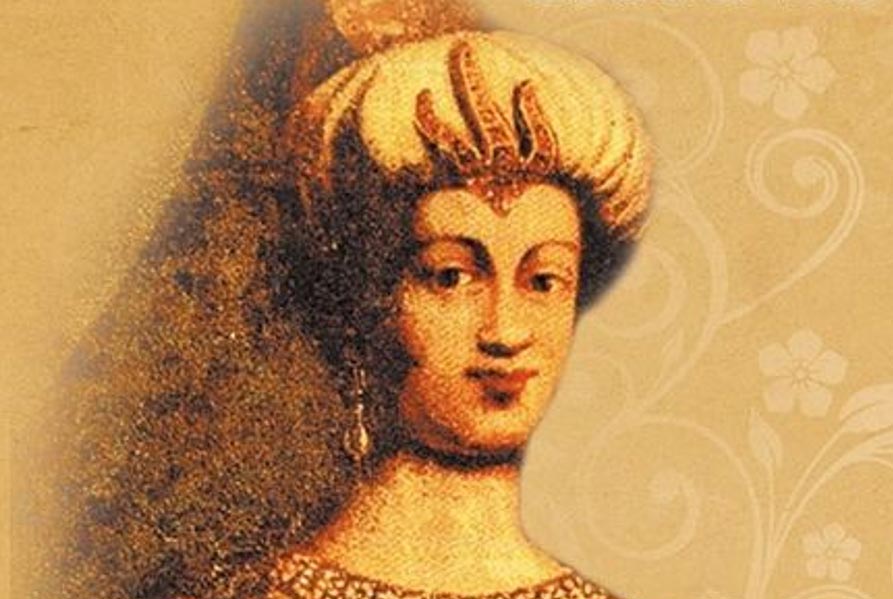
On April 6, 1941, Germany launched a massive attack on Greece’s northern border after the Italian army had earlier failed miserably in its attempt to invade Greece.
Adolf Hitler’s original plan was to send his Italian allies to invade the “little country” on the Mediterranean so that he could gather his troops to prepare for the ambitious campaign to attack Russia in the spring.
The Italians tried to enter Greece without a fight on October 28, 1940, but they received a resounding “OXI” from Prime Minister Ioannis Metaxas.
The Italians subsequently attacked from the Albanian border, but the outnumbered Greek Army not only managed to defend the country but pushed the attacking forces further back to Albania and occupied more territory, dealing a powerful blow to the Italian forces.
In the spring of 1941, the German war machine was preparing for a fierce attack against Russia.
Germany underestimated Greece
In the eyes of the Nazi generals, Greece was a minor detail that needed to be sorted out before the Russian campaign.
Little did they know about the Greek fighting spirit, which was soaring high after the victorious war on the Albanian front.
“Operation Marita.” as Germany called the attack on Greece. brought the Nazi forces to the Bulgarian border. They included entire Panzer divisions which were meant to move north to Russia soon afterward.
Meanwhile, Greece had asked for Britain’s help to stop the Germans. The kingdom sent 62,000 Commonwealth troops, who were put into position along the Haliacmon Line while the Greeks chose to occupy the well-fortified Metaxas Line.
However, the Greek First Army remained on the Albanian front in case the Italians might see their removal from Albania as a sign of weakness.

On April 6th, Field Marshal Wilhelm List led the German army to attack and the Battle of Greece began.
The Germans first hit Prilep with Panzer tanks, accompanied by bombing from the Luftwaffe, and cut the area off from the rest of the country. Then, they moved to Monastir, with a plan to attack Florina on April 9th.
This move was a major threat to the British flank and could have easily cut off the Greek troops in Albania. In the east, the Germans attacked Yugoslavia and made their advance through the Strimon Valley. To make matters worse, the northeastern region was weakened by a lack of sufficient numbers of troops.
Fort Roupel: The first line of Greece’s defense
Germany advanced quickly through Yugoslavia and headed toward Greece’s Thessaloniki, defeating Greek troops at Doiran Lake. They captured the city by April 9th.
However, the Greek armed forces managed to inflict serious damage to the advancing Nazis from their strongly fortified mountain locations.
Fort Roupel, which was incorporated into the Metaxas Line, held out against the German attack and was only abandoned by its men after the surrender of the Greek army in Thessaloniki.
The valor of the outnumbered Greek soldiers who fought there was later praised even by German generals.
When the Germans had successfully cut them off from the rest of the country, the Greek Second Army surrendered to the attackers on April 9th, after which any real resistance on the east bank of the Axios River ceased.

Continuing their advance, the Germans made a push for Monastir Gap, where they attacked on April 10th. With no resistance from the Yugoslavs in the gap, they decided that it would be a good opportunity to attack the British near Vevi.
Once at Servia and the Olympus pass, the Germans were halted by the British. The British forces there had orders to hold Pineios Gorge at all costs until other British troops had an opportunity to move south.
At this point, the Greek First Army found itself cut off in Albania by the German forces. Instead of surrendering to the Italians, their commander decided to surrender to the Germans on April 20th. The following day, it was decided that the British would withdraw to Crete and Egypt.
Germany invades Athens
The Commonwealth troops were attacked on April 24th but managed to hold their position for that entire day until they were pushed back. On April 27th, German troops managed to bypass the flank, and they entered Athens.
After Germany conquered Athens, the battle of mainland Greece was over to all intents and purposes. The Allies evacuated, and during the evacuations, the German troops managed to capture seven to eight thousand of their soldiers.
At the end of the evacuation, the British had escaped with a total of some 50,000 men.
The Battle of Crete began on May 20th with Commonwealth troops and the Greek Army resisting the German parachutists in the first primarily airborne invasion in military history. By June 1st, the Germans conquered Crete, albeit after suffering a tremendous number of casualties.

The aftermath of the Battle of Greece
Over 13,300 Greek soldiers were killed during the Battle of Greece, and another 62,660 were wounded, while 1,290 went missing.
In defending Greece against Germany, the British lost 903 soldiers with another 1,250 wounded and an astounding 13,900 captured.
After the Nazis had captured Greece, it was decided the nation would be split up between Germany, Italy, and Bulgaria. The Axis stopped their campaign in the Balkans when they captured Crete.
These victories, however, would come at a heavy price for the Germans. Because of the Battle of Greece and the other battles in the Balkans, the invasion of the Soviet Union had to be delayed. This meant that the German troops would probably end up fighting not only the Soviet Army but the brutal Russian winter as well.
Praise of Greek bravery
By any measure, Greece’s resistance to the Axis forces had been remarkable. Beginning from the time of the first Italian attack on October 28, 1940 through to June 1, 1941 when Crete fell, it took a total 216 days to conquer Greece militarily.
The much larger and militarily powerful nation of France fell to Germany in only forty-three days while Norway resisted for a total of sixty-one days. Poland put up fierce resistance for thirty days, Belgium eighteen, and Holland fell in only five days.
The nations of Denmark and Czechoslovakia, in contrast, surrendered without firing a shot against Germany.

The protagonists of World War II, both Allies and enemies, spoke highly of the valor shown by Greece in defending themselves against Germany.
Russian leader Joseph Stalin, in an open letter read on Radio Moscow during the war, said “the Russian people will always be grateful to the Greeks for delaying the German army long enough for winter to set in, thereby giving us the precious time we needed to prepare. We will never forget.”
Russian Field Marshal Georgy Zhukov wrote in his memoirs: “If the Russian Peoples succeeded in raising their tired bodies in front of the gates of Moscow, to contain and set back the German torrent, they owe it to the Greek People, who delayed the German Divisions all the time needed. The gigantomachy of Crete was the climax of the Greek contribution.”
Hitler’s chief of staff, Field Marshal Wilhelm Keitel, stated during the Nuremberg trials: “The unbelievably strong resistance of the Greeks delayed by two or more vital months the German attack against Russia; if we did not have this long delay, the outcome of the war would have been different in the eastern front and in the war in general.”

Adolf Hitler himself spoke about the valour of the Greek fighters in 1944 to famous German photographer and cinematographer Leni Riefenstahl, as she related in her memoirs.
Hitler told her, “The entrance of Italy to the War was proven catastrophic for us. Had the Italians not attacked Greece and had they not needed our help, the war would have taken a different course. We would have had time to capture Leningrad and Moscow before the Russian cold weather set in.”
In 1941, in a speech made at the Reichstag, Hitler also paid tribute to the bravery of the Greeks: “It must be said, for the sake of historical truth, that amongst all our opponents, only the Greeks fought with such endless courage and defiance of death.”
British Prime Minister Winston Churchill famously said of the Greeks who fought the Germans: “Until now we would say that the Greeks fight like heroes. From now on, we will say that heroes fight like Greeks.”










